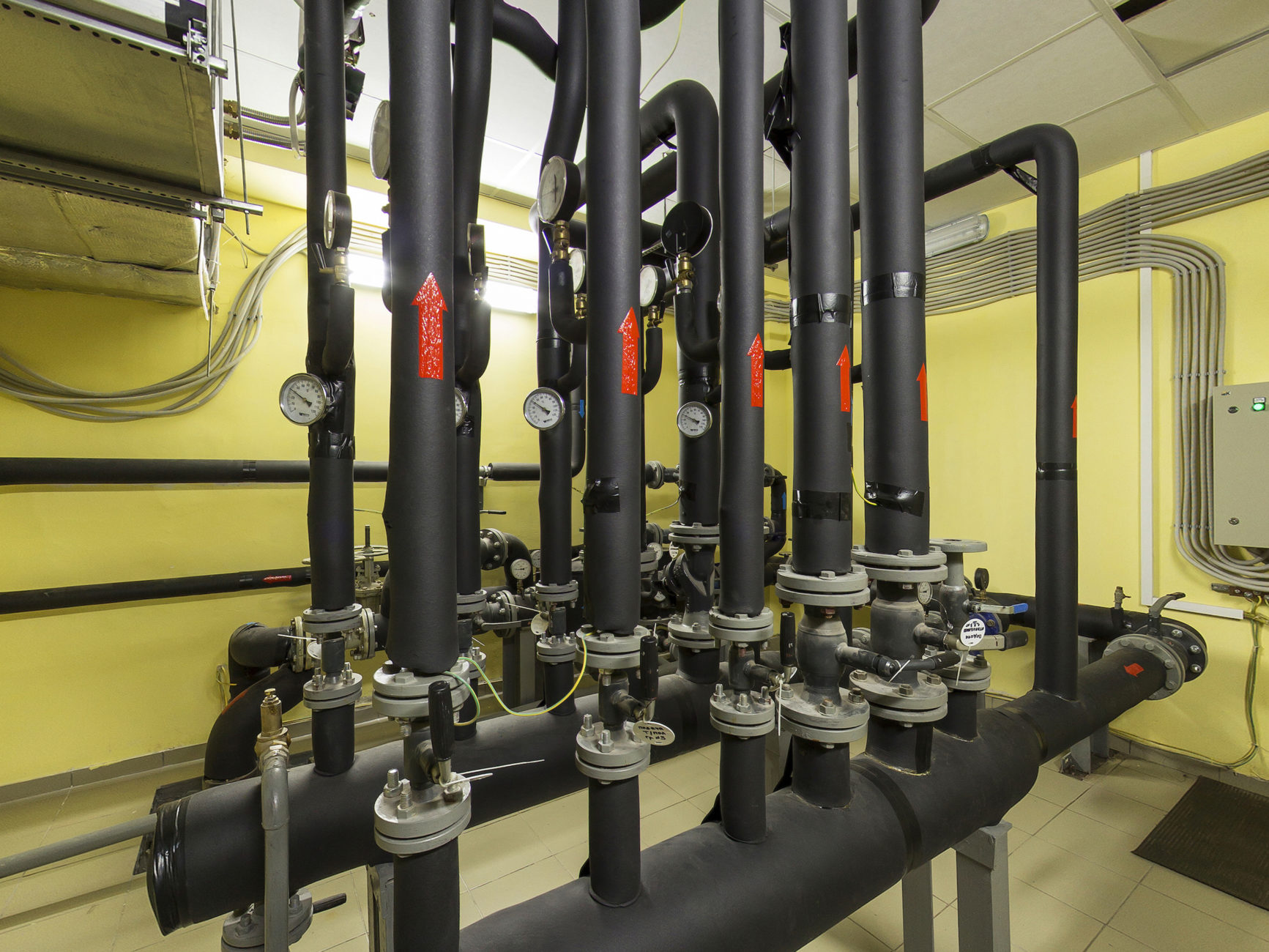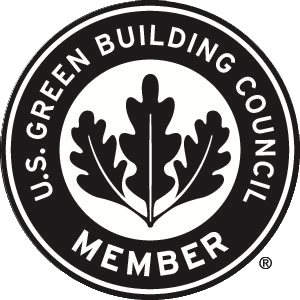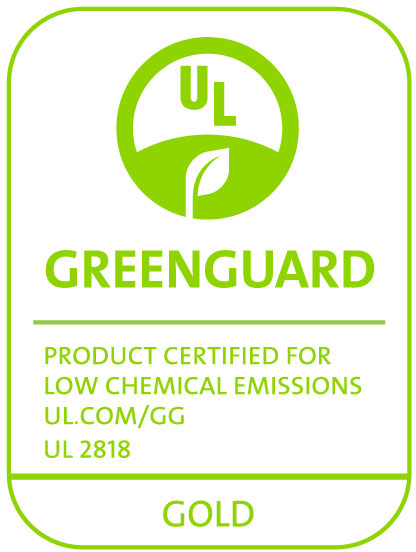
The most important contributions that plumbing pipe insulation can deliver for domestic hot and cold water piping systems are energy conservation, condensation control, and freeze protection.
National model energy standards, such as ANSI/ASHRAE/IES Standard 90.1 – Energy Standard for Buildings Except Low-Rise Residential Buildings and the International Energy Conservation Code® (IECC®), actually require minimum insulation thicknesses for heating and hot water piping from 105°F and above. The minimum insulation thickness is determined by the line (service or operating) temperature and nominal pipe or tube size. It’s been documented that pipe insulation can reduce heat loss by preserving hot water temperatures by 2°F – 4°F when compared to uninsulated hot water pipes.
National energy standards also require minimum pipe insulation thicknesses for cold water systems, such as domestic cold water piping, to prevent heat gain while controlling condensation. The minimum insulation thickness, again, is determined by the line temperature and nominal pipe or tube size. The correct plumbing pipe insulation thickness is critical to preventing condensation, or “sweating”, on the insulation surface and preventing corrosion under insulation (CUI).
Plumbing pipe insulation also plays a vital role in preventing water supply pipes from freezing in unconditioned spaces and exposed areas such as within exterior wall and floor cavities, mechanical rooms, and other unheated spaces. Insulation thickness calculators for freeze protection can determine how many hours the plumbing pipe insulation will prevent a long water-filled pipe or tube with no flow to reach the freezing temperature. For severe applications, an electric heat-trace system can be installed along the pipe beneath the insulation to prolong or prevent frozen pipes.
There are many different types of pipe insulation that excel in various applications. Due to a closed-cell structure, built-in vapor retarder, low thermal conductivity, flexible nature, and ease of installation, closed-cell elastomeric foam plumbing pipe insulation is an excellent choice for conserving energy, controlling condensation, and freeze protection.
Aeroflex USA’s Aeroflex® brand of EPDM closed-cell elastomeric foam plumbing pipe insulation effectively insulates plumbing piping systems with continuous service temperatures of -297°F – 257°F [-182°C – 125°C]. To learn more about plumbing pipe insulation, please visit https://aeroflexusa.com/aerocel-elastomeric-pipe-insulation.
Source: International Energy Conservation Code® (IECC® ), Table C403.11.3 Minimum Pipe Insulation Thickness https://codes.iccsafe.org/











